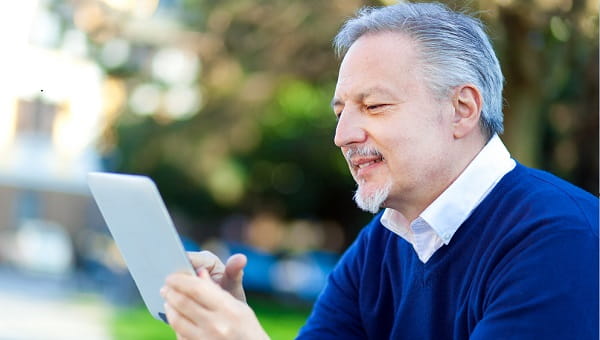MRI Cardiac (Heart)
What is it?
MRI (magnetic resonance imaging) of the heart does not use X-ray radiation. It instead uses a powerful magnetic system to make images of the heart and its blood vessels. It can create dozens or sometimes hundreds of images in a short time. It is sometimes done in conjunction with a chest MRI. A heart MRI can identify and check tumors, growths, heart muscle, birth defects and heart failure.
What is it for?
It is sometimes done in conjunction with a chest MRI. A heart MRI can identify and check tumors, growths, heart muscle, birth defects and heart failure.
It can evaluate conditions that also include:
- Aneurysms of the heart
- Clogged heart arteries
- Congenital heart disease
- Congestive heart failure
- An enlarged heart
- Heart valve disease
How to prepare
- Talk to your health care provider about your medical history, current medical condition, medicines you are taking and any allergies you have
- You will be asked if you have any implanted medical devices. Implanted medical devices can malfunction or cause problems during an MRI.
- You will be given instructions about what to eat and drink prior to an MRI
Risks
- An allergic reaction may occur from the use of a contrast material (dye)
- The strong magnetic fields can cause pacemakers and other implants to malfunction
- Metal inside your body may be moved or shifted slightly because of the magnetic fields
- An MRI is not recommended if you are pregnant, as it can cause a harmful increase in the temperature of the amniotic fluid
What happens during?
- You may be given a sedative to help you relax
- If a contrast material is used, an I.V. will be started in your hand or arm. Contrast material assists in seeing precise imaging pictures.
- You may feel some discomfort or a cold feeling at the I.V. site where the contrast material is injected
- You will lie on a movable table that slides into the MRI machine
- Pillows or straps will be used to keep you still. Limiting your movement is important to getting the most precise images.
- The technologist is in a separate room but you will be in sight of the technologist and be able to communicate.
- Once the scan is completed, the table will be moved from the MRI machine
What happens after?
- If sedatives were used to help you relax, you will be required to rest until the sedatives have worn off
- You will be checked for an allergic reaction from the contrast material
- You can usually resume your normal diet and activities after returning home
Side effects
- You should notify your health care provider if there is any pain, redness or swelling at the I.V. site. This could be an infection caused by the I.V.

